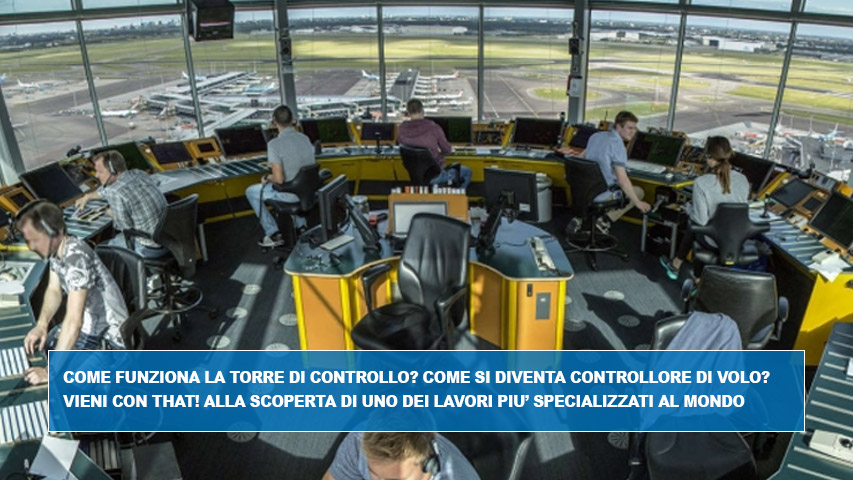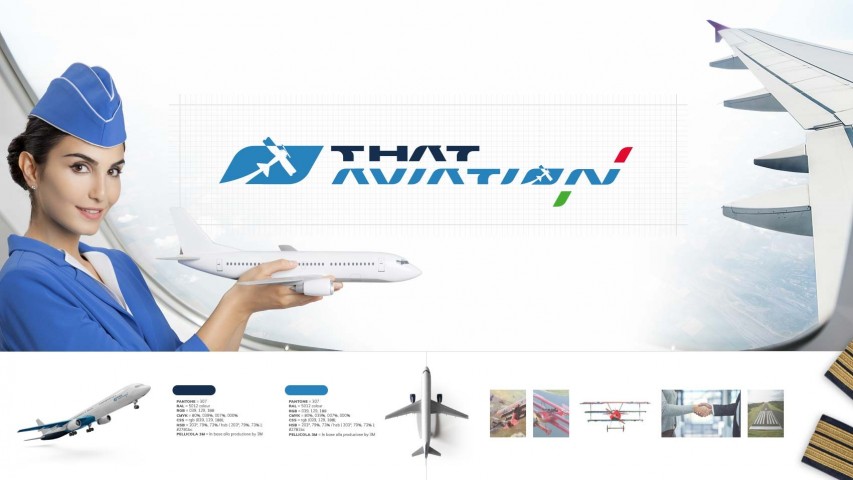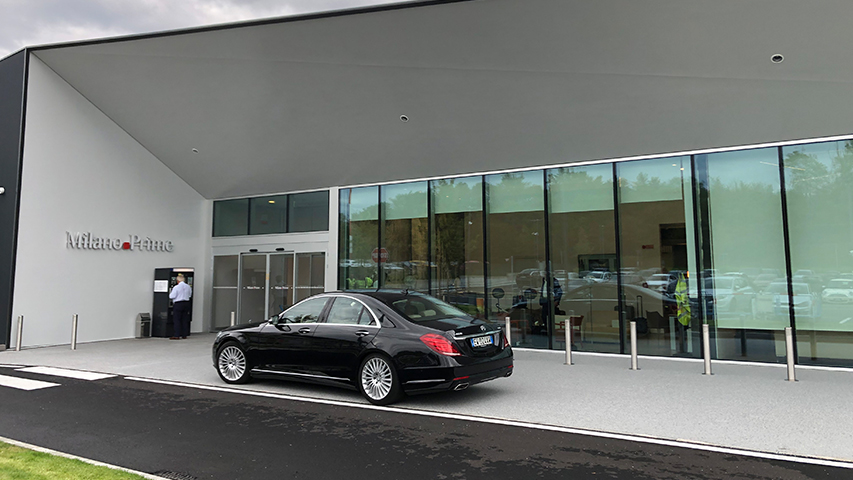“How am I able to control the flight without the Air Traffic Control Tower?”
This quotation was taken from the parody film ”
Airplane II: The Sequel” and with its simple question describes the importance of the Air Traffic Control Tower inside an airport.
The Ait Traffic Control Tower or simply TWR besides the name of the building that houses it, it is the organization responsible for the air traffic control in all of the airports which exceed a certain number of flights and where it is essential to organize and to control the aircraft movements on land, the approach and the departure of all of the aircrafts that pass through it.
In fact, while in the small airports where the pilots themselves coordinate their flights via radio, self preceding the flights according to theRules of the Air, in the airports with heavy traffic which coordinates the flight of such aircrafts as the Airbus A330, B747, Fokker 100, Dornier; from jet executive tocharter private plane, this type of management would be impossible.In fact, the Air Traffic Control Tower is the heart of an airport.
From here all the commands are given for the operations in terms of safety and efficiency.
There are three specific control phases:
- Aerodrome control: handles all traffic on land, on the track, and within close proximity of the airport.
- Approach phase: directs the routing from and to the Airways, separating arrivals, departures and arrival sequences with the proper setting distances between successive flights.
- En-route phase: coordinates the traffic en-route, on the Airways.
Once the passengers boarding is completed and the aircraft is ready for the departure, the pilot contacts the Control Tower which authorizes him to move the aircraft from parking to the runway. This phase, called “Aerodrome Control”, ends when the pilot is cleared for take-off. Once off, the aircraft goes into stage two of “approach phase” which ensures a safe passage to the next phase of the flight for the correct insertion to the airway assigned to it. Once in the airway, the aircraft passes to phase three, that of the “en-route”, which will oversee the maintenance of the route. At this stage, the aircraft is assigned a flight level and the rout to follow in order to keep it, at a safe distance, both vertically and horizontally, from other aircrafts.When it is close to the destination airport, the aircraft passes the approach phase again where the new Control Tower takes responsibility of the aircraft and guides it to its runway.Once the aircraft is aligned on the landing path and within sight of the airport, it is handed over to the Control Tower of the destinated airport, which guides it right up to the parking bay.
Each time an aircraft enters or exits Italian airspace, air traffic controllers are in constant dialogue with colleagues of bordering countries, sending and receiving area-related traffic information.In short, an airplane is never managed by one single person but is passed from one controller to another according to its flight phase.
The air traffic controller or simply ATC or “Radar Controller”, as it is also known, it is a complexed job of great responsibility, which requires considerable skills of concentration and quick thinking under stress. They are also required high capacity of coordination and teamwork.
Prolonged working hours, the number of delicate decisions to be taken quickly, heavy traffic levels, minimizing the consequences of an error, there are the crucial factors of overexertion that a ATC that must be tolerable, even under the most intense emotional reactions, which occur during flight accidents or the risk of collisions.
For this reason, candidates are subjected to a very accurate selection process. This is the ENAV that in addition to recruitment provides training and updating at the ENAV Academy, located in Forlì. ENAV is one of the most highly qualified international service providers and this is why it has been requested to export its “know how” to other foreign Service Providers.
And this makes us feel extremely proud, as well as safe!The first educational phase, which is selective, has the durability of 14 months and oriented towards theoretical and practical part. Once this first phase is completed, there is a period of “on the job” training directly in the location structure which lasts about 4 months and followed by the first license. Students who pass the final test get the Air Traffic Controller Licence and get hired by ENAV.
Depending on the role, the different divisions of air traffic controllers are:
- Ground controller: controls and manages aircraft movements in the airport area on land.
- Delivery controller: authorizes the setting in motion of the aircraft and the route.
- Tower controller: handles the take-off and the initial phase of departures and arrivals, the last phase of the flight and the landing.
- Approach controller: controls the flight during the phase of the aircraft routing from and to the airport.
- Radar controller: controls the aircraft during the rout.
The work is organized in shifts, even at night. This service is guaranteed 24/7, 365 days a year. The salary varies according to the skills acquired and the seniority and goes, approximately, from €60,000 to €90,000 a year. In our country, there are 1,900 flight controllers (in 2016), of which 13% are women. Someone might think that an ATC could be a pilot himself, but he isn’t.
It is a highly skilled professional worker who does his highly responsible job in order to guarantee the functioning of air traffic. Inside of the airport system the ATC, together with his colleagues pilots and flight attendants, are responsible for the flight safety in order to assure to the passengers a safe flight.THAT! had a privilege to visit Milan Malpensa Control Tower and we assure that this experience had been exciting, extremely educational and useful for understanding the backstage of air transport.
THAT AVIATION ITALIA: passion for flights.
For more information and prices please contact us



